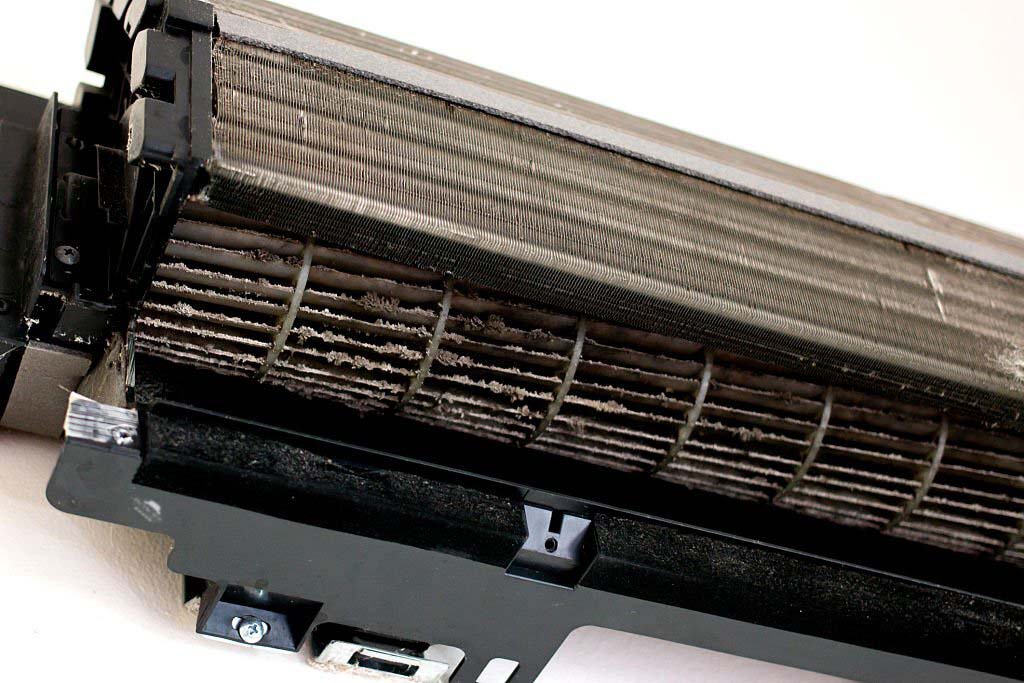This article is reviewed, corrected, and approved by: Dr. Joshua Collins M.D. | MRCP। FRCP
An individual exposed to certain types of mold and their byproducts can suffer from mold toxicity, also known as mold illness. Mold is a type of fungus that grows in areas with high levels of moisture and humidity. When mold spores are released into the air and are inhaled or come into contact with the skin, they can trigger various health issues in some people.
Today, you will be surprised to know how dangerous mold toxicity is as I will describe to you the 10 warning signs of mold toxicity. Knowing these symptoms can keep yourself and your family safe from these pesky fungi.
Types of Mold Toxicity
The most common types are Stachybotrys (black mold) and Aspergillus. These molds produce harmful substances called mycotoxin there is a possibility of adverse effects on human beings.
10 Warning Signs of Mold Toxicity
Here are ten common warning signs of mold toxicity-
- Allergic Reactions: For some people, mold spores can cause allergies that result in symptoms like sneezing, congested nose, hives, skin rashes, and watery eyes.
- Breathing Problems: Mold exposure can lead to respiratory problems, such as wheezing, smiled heavy coughing, heavy breath, and chest tightness, especially for those with asthma or respiratory sensitivities.
- Sinus Issues: Mold can irritate the nasal passages and sinuses, leading to sinus infections, congestions, post-nasal drips, and sinus headaches.
- Skin Problems: Direct contact with mold or mycotoxins can cause skin irritation, redness, and rashes, especially in those with sensitive skin.
- Fatigue: Mold toxicity can contribute to chronic fatigue, leaving individuals feeling constantly tired and lacking energy.
- Headaches: Exposure to mold has been linked to headaches, specifically migraines and tension headaches.
- Memory Problems: Exposure to mold can lead to cognitive issues such as memory loss, difficulty concentrating, and a foggy brain.
- Joint Pain: Mold toxicity has been linked to joint pain and inflammation, which can affect the knees, shoulders, and other joints.
- Digestive Problems: Ingestion of mold or mycotoxins through contaminated food can lead to digestive issues, such as nausea, vomiting, diarrhea, and abdominal pain.
- Sensitivity to Light: Mold toxicity can cause heightened sensitivity to light, leading to discomfort and headaches when exposed to bright lights.
How Does Mold Exposure Cause Toxicity?

Mold exposure can cause toxicity through the production of mycotoxins by certain types of molds. Mycotoxins are toxic substances that these molds release into the environment. When people come into contact with mold or inhale mold spores carrying mycotoxins, it can lead to various health issues. Here's how mold exposure causes toxicity:
Inhalation
Mold spores and mycotoxins can become airborne, especially when disturbed during cleaning or renovation. When individuals inhale these airborne particles, they can enter the respiratory system and cause irritation, inflammation, and other respiratory problems.
Skin contact
Direct contact with mold or contaminated materials can cause skin irritation, rashes, or other allergic reactions in some individuals.
Ingestion
Mold can grow on food items, particularly in humid and damp conditions. People consuming food contaminated with mold or mycotoxins may experience gastrointestinal issues and other symptoms.
Mycotoxins in the Environment
Mycotoxins can linger in dust and on surfaces in indoor environments with mold. People may inadvertently come into contact with these mycotoxins by touching contaminated surfaces or inhaling dust particles containing them.
Individual sensitivity
Not everyone exposed to mold develops toxicity symptoms. Some individuals are more susceptible to mold-related health problems due to factors like genetics, existing health conditions, or compromised immune systems.
Mold toxicity severity varies based on mold type, exposure level, and individual health. Black mold produces harmful mycotoxins. To mitigate mold toxicity, it's crucial to address and eliminate mold growth in indoor environments, improve ventilation and humidity control, and take necessary precautions during cleaning or mold remediation to avoid further exposure.
If you have severe or persistent symptoms from mold exposure, you can visit an Environmental Health Specialist or a Physician specializing in Environmental Medicine.
Symptoms of Mold Toxicity
Mold toxicity can cause physical and mental symptoms like coughing, headaches, fatigue, and skin irritation. Here are the common mold toxicity symptoms are
- Respiratory Infection/Issues: cough, wheezing, shortness of breath, sinus congestion, sore throat.
- Allergies: sneezing, runny/stuffy nose, itchy eyes, rashes, hives
- Neurological: headaches, dizziness, memory issues, focus problems, mood changes.
- Fatigue: exhaustion, weakness.
- Digestive: nausea, vomiting, diarrhea, abdominal pain.
- Immune: stronger impact on weakened systems or respiratory conditions.
- Mold toxicity: effects depend on exposure, quantity, and health.
You should be aware that mold toxicity can impact individuals in certain ways. It's important to remember that how sick someone gets from mold can depend on how long and how much they were exposed to it and their overall health.
F.A.Qs
Q: How to test for mold toxicity?
A: A mold toxicity test is taken by a healthcare professional for blood or urine tests to assess mold-related health issues.
Q: What does toxic mold look like?
A: Toxic mold can have various appearances, but it's often greenish-black and may have a slimy texture.
Q: How to test for mold exposure?
A: Mold exposure can be tested through air or surface sampling by a professional mold inspector.
Q: Is mold toxic to breathe?
A: Yes, inhalation of mold spores can cause respiratory issues and other health issues.
Q: How to get tested for mold toxicity?
A: Visit an expert doctor or physician to discuss symptoms and potential mold exposure for appropriate testing.
Q: Is mold harmful if touched?
A: The mold itself is not highly toxic if touched; in some people, mold may cause skin irritation or allergic reactions if touched.
Q: How to identify non-toxic black mold?
A: Color alone cannot determine if mold is toxic. "Toxic black mold" refers to Stachybotrys chartarum, but not all black molds are toxic. Non-toxic molds can also appear black.
Conclusion
You cannot just overlook the above-mentioned 10 warning signs of mold toxicity, as it is dangerous for your health. To treat mold toxicity, you can ask for medical help if you suspect it is the cause of your symptoms. An expert physician can help diagnose the issue and recommend the appropriate treatment.
In cases of mold infestations in homes or buildings, it is essential to find out the source of the problem, eliminate the mold, and improve ventilation to prevent further exposure and potential health risks.


